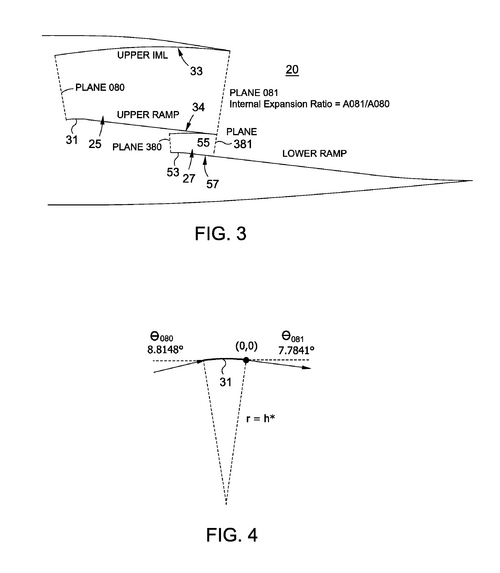Among other things, how to make a thinner fixed geometry nozzle by putting another nozzle inside for the third stream cooling air? More generally a computational method better than guess and check...
Also:
"In the disclosed embodiment the initial criteria was selected based on notional mission profile containing a 60,000 feet, Mach 2.2 supercrusie segment and at 36,000 feet, Mach 0.08 loiter segment. However, the design process disclosed herein is applicable across the range of operating nozzle pressure ratios and flight conditions."






